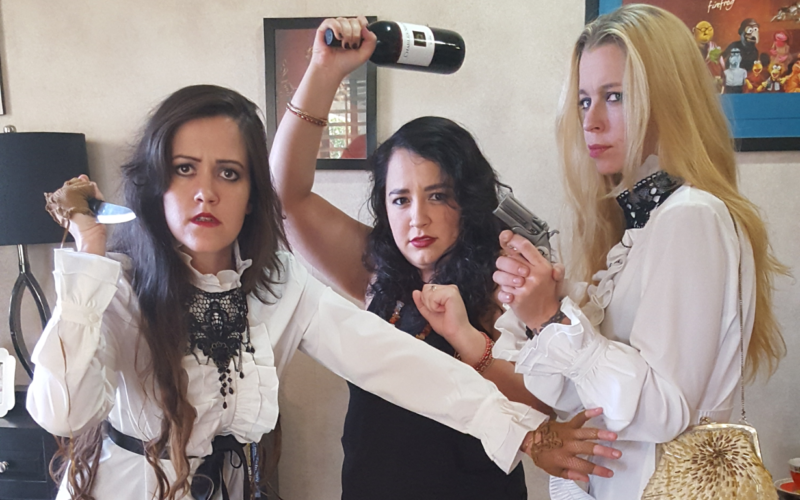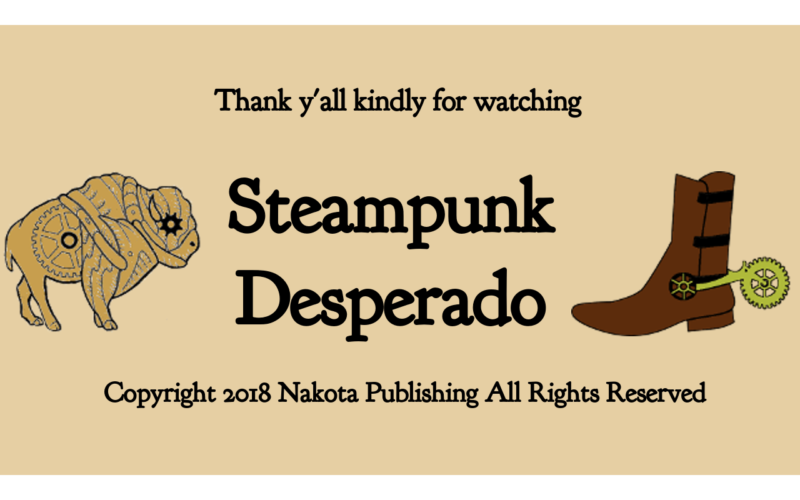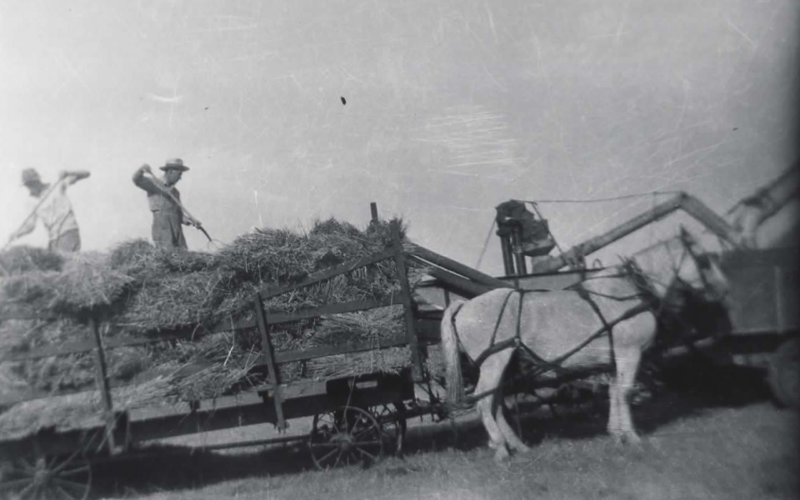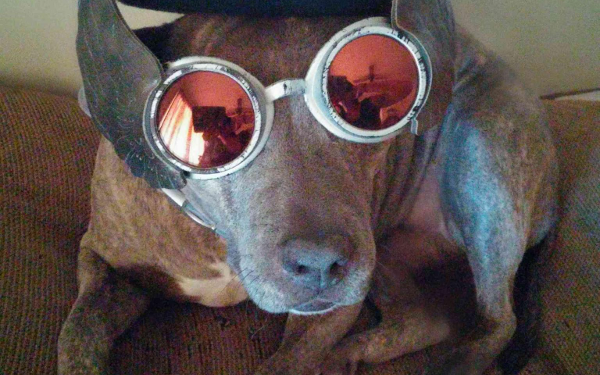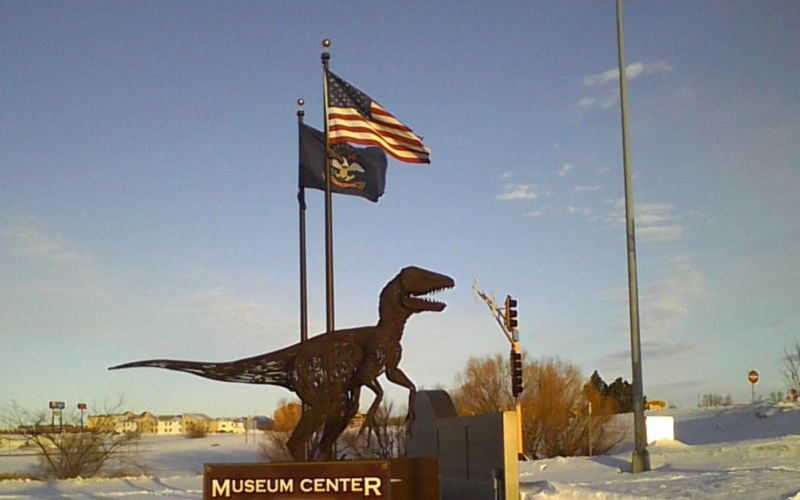
I love Halloween! I have more spooky home décor for both inside and out than I do all the other holidays combined.
Curious about how Victorians celebrated Halloween, I did a little digging… pun intended. After a bit of research, I discovered I come by my love of All Hallows’ Eve honestly.
Halloween made its debut into proper society around the 1870s, but not for how we know it today. This scary holiday was a chance for love to bloom! Parties were the rage, and competitions for the best gathering were common.
A hostess from this time (often a matchmaker) would leave a lit Jack-o-lantern along with a note (sometimes in verse) on the doorsteps of those invited. She always made sure her guest list included young sweethearts and single ladies and gentlemen.
The hostess’ home would be transformed into a haunted house. Jack-o-lanterns, candelabras, and candlesticks would light an otherwise entirely dark dwelling. Young ladies would hold tightly to their intended as they descended a dark staircase to the basement.
The hostess would place a cowbell under a facet to mimic running water and hang wet strips of newspaper from the rafters, providing a damp ambiance. A hand might reach out to grab the party goers or a paper bag could be popped to scare them.
Most important were the games which allowed young lovers to hold hands, stand or sit close. Such public displays of affection were normally frowned upon in Victorian society
For singles, there were special activities to ascertain who their true love would be. These included bobbing for apples, which in upper-class society was accomplished by dropping a fork into the barrel. A letter carved into the apple they retrieved would reveal the initial of their future spouse.
What was most curious was the tradition of the “Dumb Supper.” This required one to silently set a table for two at midnight. The young lady or gentleman would then wait for the apparition of their intended to join them.
Halloween provided a perfect backdrop for the caprices of Victorian young people. Yet the age of reason was at the doorstep, and Halloween superstition was often scorned as a practice of the ignorant. As one lady said to console a neighbor too afraid to set a dumb supper and wait for the apparition of his future wife, “Do not try it, Mr. Oakly–if she must be not only out of her mind, but actually out of her body, to make you any response, her love is not worth having.”
I had no idea that Halloween was so romantic, although it shouldn’t have surprised me. After all, my wedding band is encrusted with skulls.
Happy Halloween! Kisses!
Arlys
Notes:
I. “Episcopal Church will conduct special service next Tuesday,” Atlanta Constitution, October 31, 1895.
2. Elizabeth Phipps Train, “The Hallow-e’en Sensation at Gov’ner Dering’s,” Godey’ s Lady’s Book, October, 1888, p. 280.
3. Griffith Wilder, “By Cupid’s Trick. A Parlor Drama for All Hallowe’en,” Godey’s Lady’ s Book, November, 1885, pp. 500-501.
4. Ella Rodman Church, “Through a Looking-Glass,” Godey’s Lady’s Book, October, 1880, p. 346.
5. Ibid., p. 345.
6. “To-Night Is Hallowe’en,” Hartford Daily Courant , October 31, 1895, p. 6.
7. Mary McKim Marriot, “Social Affairs for Halloween,” Ladies Home Joumal, October 1908, p. 58.
8. Anna Wentworth Sears, “Games for Halloween,” Harper’s Bazar, October 27, 1900,p. 1651.
9. Isabel Gordon Curtis, “A Children’s Celebration of Halloween,” St. Nicholas Magazine, Volume 32, Part II, October, 1905, p. 1124.










